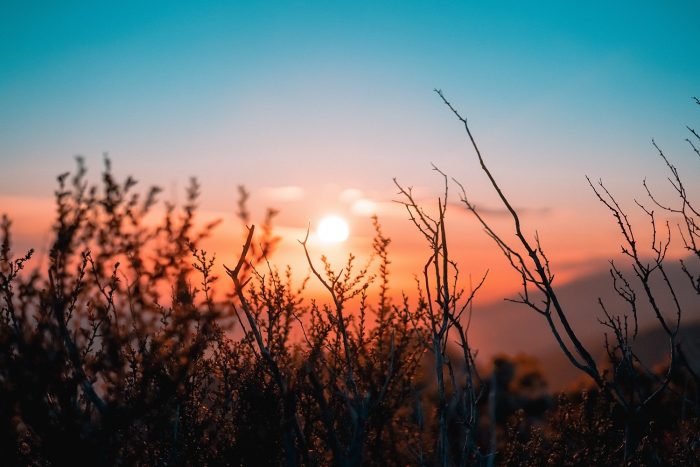When I was in my 20’s, I went to a 10 day Vipassana meditation retreat. According to www.dhamma.org (the website for the official Vipassana center):
“Vipassana is a way of self-transformation through self-observation. It focuses on the deep interconnection between mind and body, which can be experienced directly by disciplined attention to the physical sensations that form the life of the body, and that continuously interconnect and condition the life of the mind. It is this observation-based, self-exploratory journey to the common root of mind and body that dissolves mental impurity, resulting in a balanced mind full of love and compassion.”
To practice Vipassana, you must complete a 10 day (minimum) silent meditation course. There are centers all over the world and it’s completely free to attend. All meals and lodging are provided by generous donations from previous students.
My course was at a center in central Texas. I had my own room and bathroom, fortunately. After a brief orientation, the period of Noble Silence began. This was when it hit me—I was in a completely unfamiliar place about to meditate for 10 hours every day. What did I get myself into?
For 10 days I spoke to no one, gave up my phone and books and looked within myself, all day, every day. I wasn’t quite sure what to expect. I knew that I would probably have withdrawals from my cell phone. I expected to miss talking to my sister and snuggling with my kitty. But none of that happened on the scale that I thought it would. After I got there, I realized that I was there to work. To work on myself and learn how to sit and observe my ever-changing thought patterns.
The first few days were tough. It was hard to get used to sitting for that long and so I had to accept my numb legs or throbbing leg muscles. I had to accept the scattered thoughts that didn’t seem to disappear. I had to accept the fact that on breaks, I couldn’t look at my phone, read a book, or eat a snack. I had to accept every. single. thing.
~
Slowly, I did that. As each thought entered my mind, I would observe it and “toss it over my shoulder” (that was my visual each time, for some reason). As the days went by I found myself being kind to me. I didn’t feel stupid when I had a hard time calming down. I knew it was okay. I learned to not be attached to the good feelings either. I learned to be happy in the moment. But I learned to let go when the vibrations subsided.
Day 10 came very quickly; it was very strange speaking to women that I had been with for a week but hadn’t spoken a word to. Everyone laughed when I said, “Hi,” in my thick Mississippi accent. We all had expectations for how each other’s voices sounded. It was a very bizarre feeling to, after 10 days, finally be able to look someone in the eyes and speak to them. I felt humbled and grateful.
I was both happy and sad as I drove back home. I felt proud of myself for having accomplished what I didn’t know I could do but I also realized how many thought patterns I had, ingrained into every part of my brain. It’s those thought patterns that, over time, have started to subside the more that I meditate
I am okay when things are bad. I am okay when things are good. I learned to accept the “and” part of life. I can have an unpleasant thought, emotion, or sensation AND I can accept that it’s a part of life.
This experience, at a young age, shaped me in more ways than I ever could have imagined.
Love elephant and want to go steady?
Sign up for our (curated) daily and weekly newsletters!
Editor: Travis May












Read 1 comment and reply